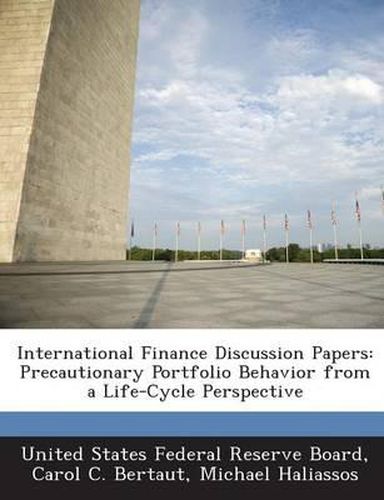Readings Newsletter
Become a Readings Member to make your shopping experience even easier.
Sign in or sign up for free!
You’re not far away from qualifying for FREE standard shipping within Australia
You’ve qualified for FREE standard shipping within Australia
The cart is loading…






The literature on asset accumulation by households draws a sharp distinction between \“short-run\” precautionary motives to buffer annual consumption from annual labor income shocks, and \“long-run\” life cycle considerations under labor income certainty. However, empirical estimates of the persistence of shocks to annual incomes imply that households are subject to considerable career uncertainty. We study long-run precautionary motives for life-cycle wealth accumulation and portfolio choice. We compute optimal portfolios under three sources of uncertainty (stock returns, incomes, and lifespan), and explore the separate contributions of several key factors for mean and median asset holdings, including education, risk aversion, household heterogeneity, utility from bequests, time preference, and variance and serial correlation of income shocks. Numerical solutions for households in three education groups are compared with data from the most recent and comprehensive source, the 1992 Survey of Consumer Finances.
$9.00 standard shipping within Australia
FREE standard shipping within Australia for orders over $100.00
Express & International shipping calculated at checkout
The literature on asset accumulation by households draws a sharp distinction between \“short-run\” precautionary motives to buffer annual consumption from annual labor income shocks, and \“long-run\” life cycle considerations under labor income certainty. However, empirical estimates of the persistence of shocks to annual incomes imply that households are subject to considerable career uncertainty. We study long-run precautionary motives for life-cycle wealth accumulation and portfolio choice. We compute optimal portfolios under three sources of uncertainty (stock returns, incomes, and lifespan), and explore the separate contributions of several key factors for mean and median asset holdings, including education, risk aversion, household heterogeneity, utility from bequests, time preference, and variance and serial correlation of income shocks. Numerical solutions for households in three education groups are compared with data from the most recent and comprehensive source, the 1992 Survey of Consumer Finances.